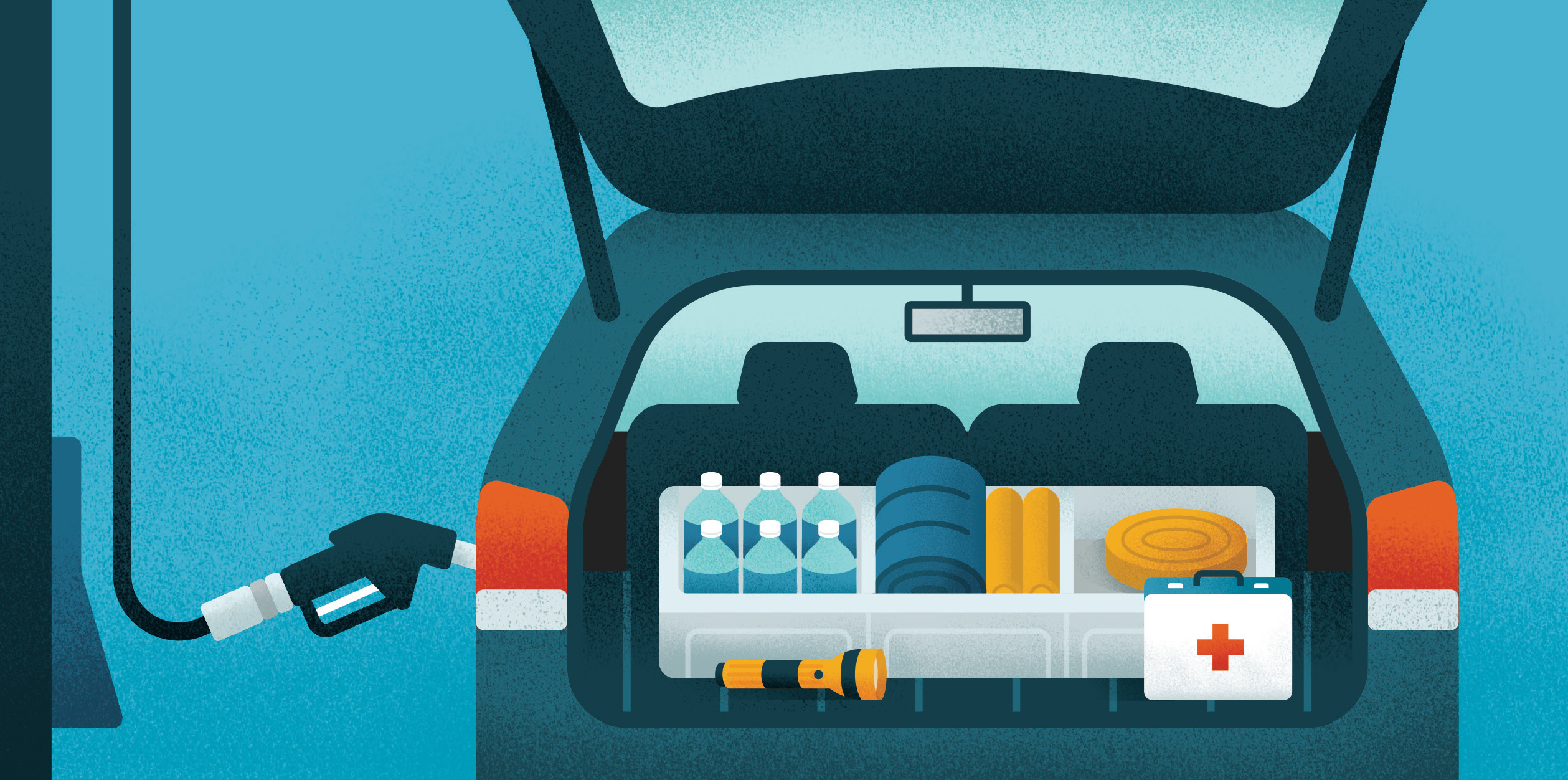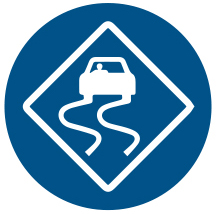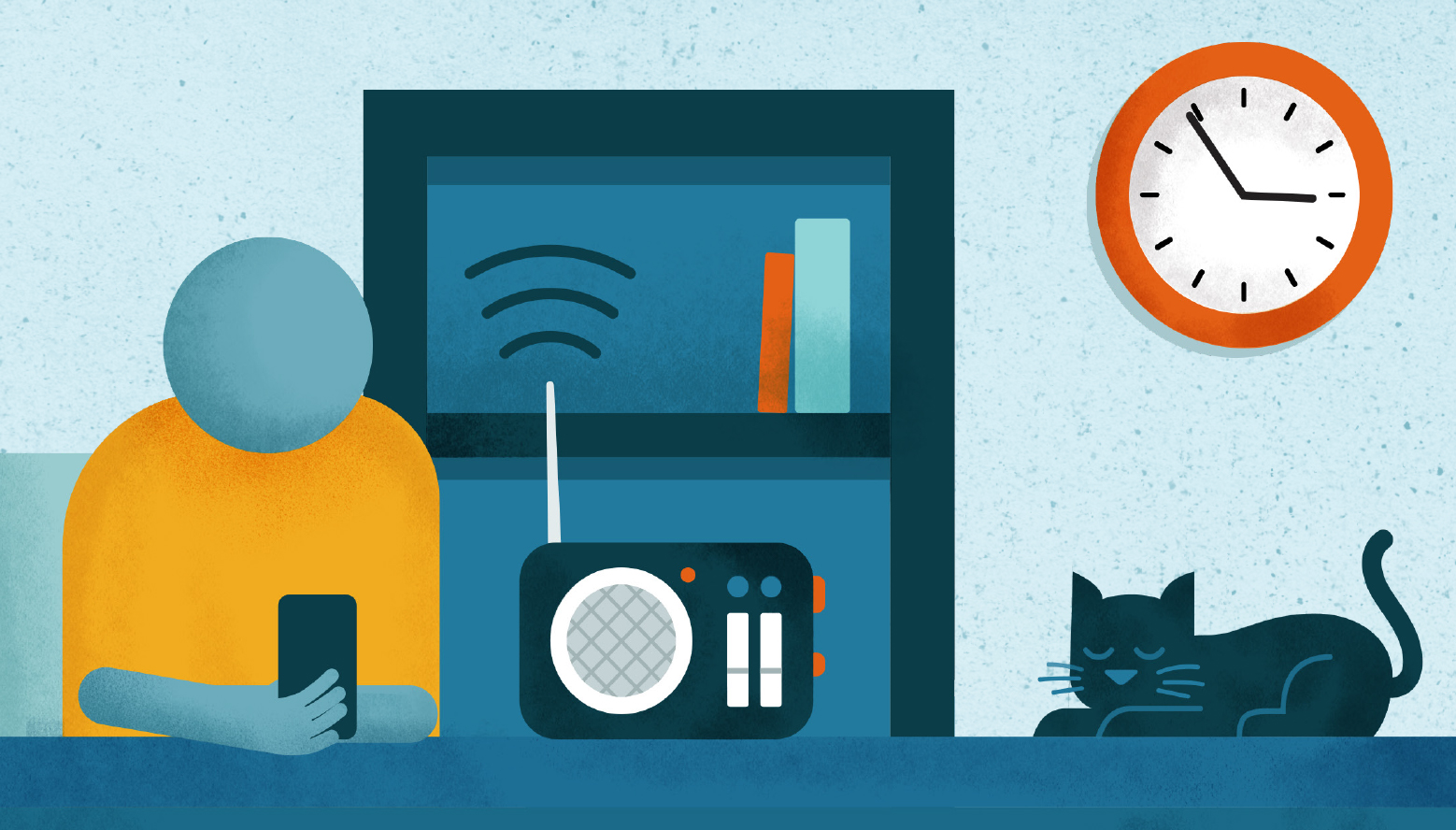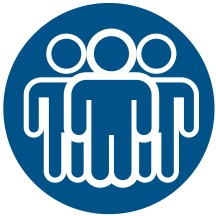Winter storms can bring extreme cold, snow, ice, freezing rain, high winds or a combination of all of these conditions. Here are some tips on how to properly prepare for a winter storm, and ways to protect yourself during and after one.
 How To Prepare For A Winter Storm
How To Prepare For A Winter Storm
Winter storms can cause power outages, make roads and walkways dangerous, and affect community services like public transportation, childcare and health programs. Here's some information on how to prepare for winter weather:
 Create an emergency supply kit for your car. Include jumper cables, sand, a flashlight, warm clothes, blankets, bottled water, and non-perishable snacks. Keep the gas tank full.
Create an emergency supply kit for your car. Include jumper cables, sand, a flashlight, warm clothes, blankets, bottled water, and non-perishable snacks. Keep the gas tank full.- Prepare your home to keep out the cold with insulation, caulking, and weather stripping. Learn how to keep pipes from freezing. Install and test smoke alarms and carbon monoxide detectors with battery backups.
- Gather supplies in case you need to stay home for several days without power. Keep in mind each person’s specific needs, including medication. Do not forget the needs of pets. Have extra batteries for radios and flashlights.
- Pay attention to reports and warnings of freezing weather and winter storms. The National Weather Service provides alerts and warning information to the public, and you can sign up for your community's local weather alerts as well.
- Learn the signs of, and basic treatments for, frostbite and hypothermia.
More On Winter Storm Preparation
 During A Winter Storm
During A Winter Storm
When a winter storm arrives, there are number of important precautions you can take to remain safe, like staying off the roads and listening for emergency information and alerts. Here's a few more tips on getting through winter weather:
- Limit your time outside. If you need to go outside, then dress warmly and watch for signs of frostbite and hypothermia.
- Avoid overexertion when shoveling snow.
 Check on neighbors - older adults and young children are more at risk in extreme cold.
Check on neighbors - older adults and young children are more at risk in extreme cold.- Bring pets into a warm place and out of the storm or severe cold.
- Close off rooms to consolidate and retain heat. Dress in layers, and use blankets to stay warm.
- Prepare for power outages. Remember, don't heat your home with a gas stovetop or oven, and don't use a generator, camp stove, charcoal grill, or gasoline or propane heater indoors, as these items can start accidental fires or cause carbon monoxide poisoning.
More On Getting Through A Winter Storm
 After A Winter Storm
After A Winter Storm
After a winter storm, the road to recovery can be challenging. In some cases it may take several weeks for clean-up. Here's some information on what to do after a storm is over, and who can help:
 If your home is damaged, no longer safe, and/or has lost power, you may want to go to a designated public shelter. Text SHELTER + your zip code (e.g., SHELTER 20472) to 43362 (FEMA) to find the nearest shelter in your area. Follow local media for information on shelters. You can also find a shelter near you by checking out the FEMA mobile app.
If your home is damaged, no longer safe, and/or has lost power, you may want to go to a designated public shelter. Text SHELTER + your zip code (e.g., SHELTER 20472) to 43362 (FEMA) to find the nearest shelter in your area. Follow local media for information on shelters. You can also find a shelter near you by checking out the FEMA mobile app.
Friends, family, and neighbors will likely be the first to provide help. Plan with neighbors now to help each other and share resources.
Nonprofit and faith-based organizations often provide support immediately after a winter storm. If you or someone in your household has a disability, an access or functional need, and receives disability services, contact your local disability service provider for assistance.
Insurance is an essential part of recovery. If you have insurance, you may receive financial compensation for some of your losses. Take pictures to document your damage, and file a claim as soon as possible. Do what you can to prevent further damage (e.g., putting a tarp on a damaged roof) because insurance may not cover damage that occurs after the winter storm. Insurance claims and other forms of assistance may take time to arrive, and, if you are missing key documents, additional delays are possible.
The Federal Government provides assistance only when the President declares an area to be a federal disaster. FEMA may provide financial assistance for basic needs that cannot be met by other sources. The U.S. Department of Housing and Urban Development and the U.S. Small Business Administration may also provide assistance.
More On Local Recovery Assistance Resources
Sources:
National Weather Service, Email and SMS Weather Alert Services, https://www.weather.gov/subscribe
State of Massachusetts, Massachusetts Alerts Smartphone App, https://www.mass.gov/service-details/massachusetts-alerts-smartphone-app
American Red Cross, Winter Storm Safety, https://www.redcross.org/get-help/how-to-prepare-for-emergencies/types-of-emergencies/winter-storm.html
National Weather Service, Winter, https://www.weather.gov/safety/winter
Federal Emergency Management Agency (FEMA), Mobile App https://www.fema.gov/mobile-app
U.S. Department of Housing and Urban Development, HUD Disaster Resources, https://www.hud.gov/info/disasterresources
U.S. Small Business Administration, Disaster Assistance, https://www.sba.gov/funding-programs/disaster-assistance
Massachusetts Emergency Management Agency, Featured Information, https://www.mass.gov/orgs/massachusetts-emergency-management-agency
Graphics courtesy of the Department of Homeland Security and FEMA

